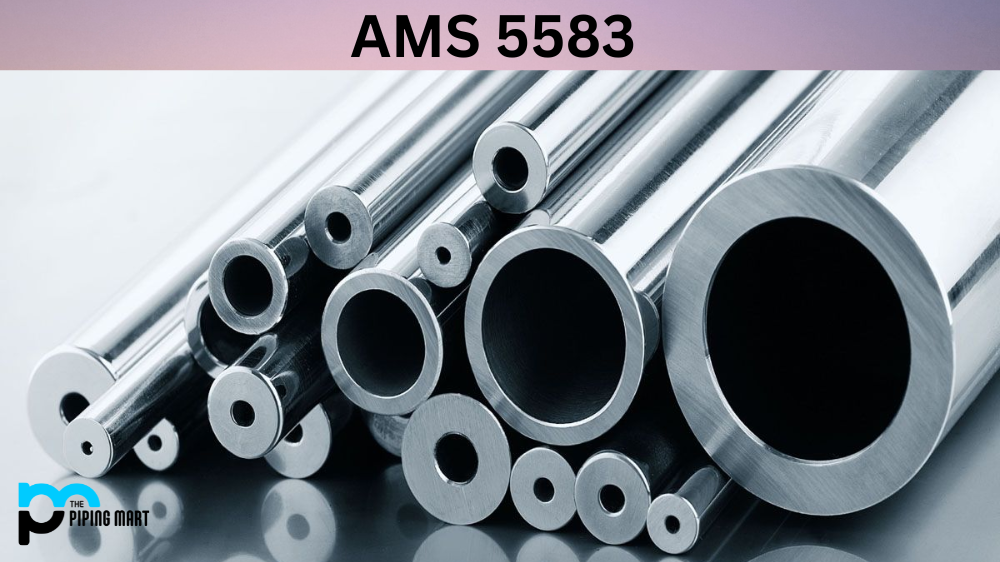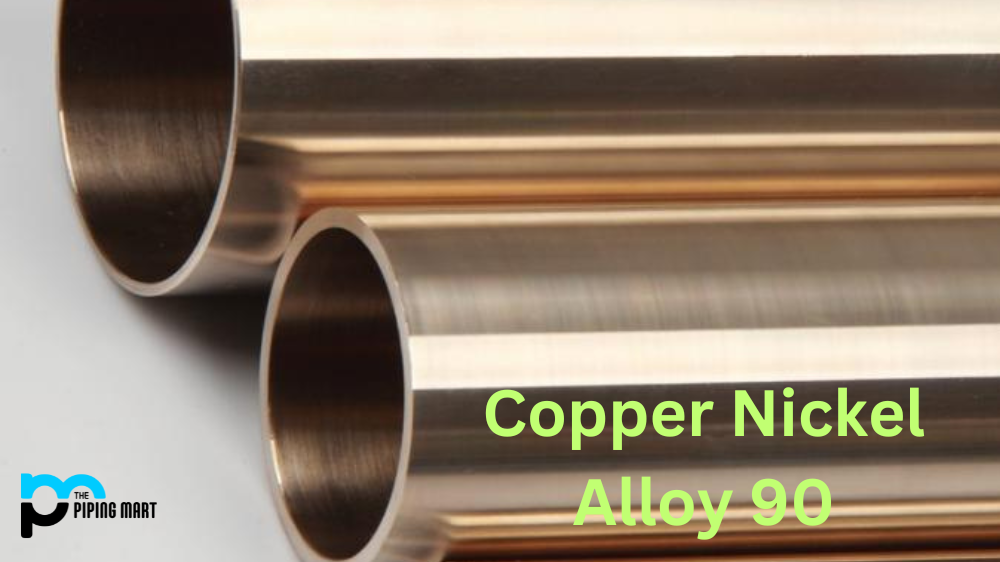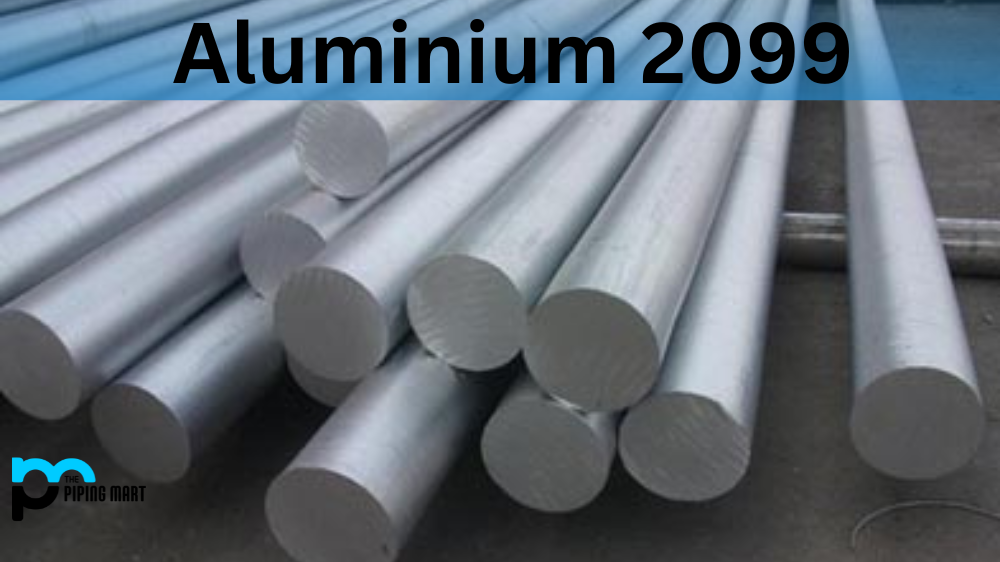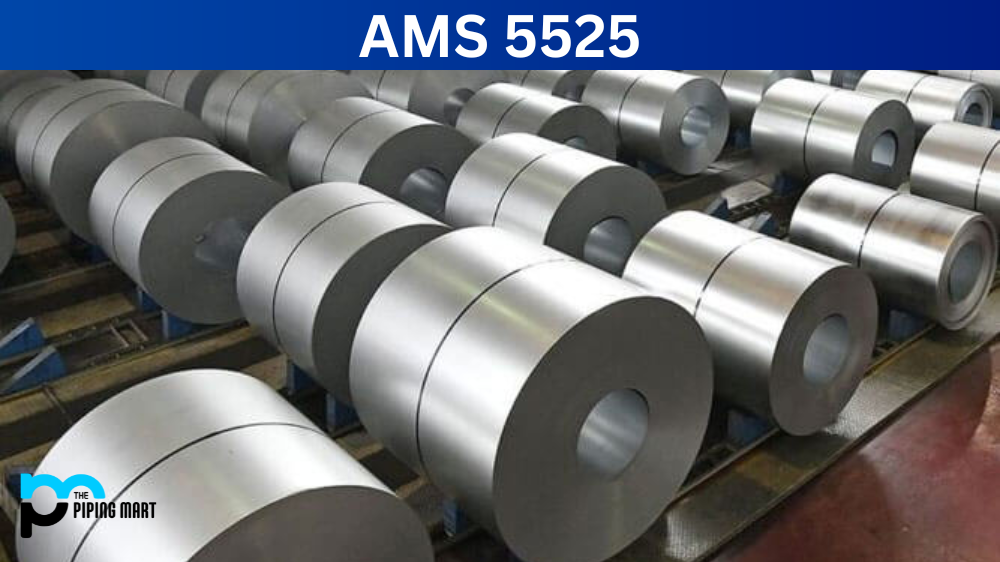AMS 5583 is a widely used alloy for high-temperature applications. This nickel-based alloy is well known for its high resistance to heat, corrosion, and oxidation. It is also incredibly durable, flexible, and strong. AMS 5583 is a go-to material for aerospace and defence industries and various other industrial applications. In this blog post, we will provide an overview of AMS 5583’s composition, physical and mechanical properties, applications, hardness, and heat treatment.
What is AMS 5583:
AMS 5583 (also known as Inconel X-750) is a nickel-based superalloy known for its excellent high-temperature stability. This alloy is formed with nickel, chromium, iron, titanium, and molybdenum. AMS5583 is preferred for its ability to resist oxidation and perform well in high-pressure environments. It is also a material of choice for applications that require excellent creep resistance and low thermal expansion. Some common trade names for AMS 5583 include Alloy INCOLOY® Alloy 901 and Nicrofer 6025 HT.
What Form is AMS 5583 Available at Piping Mart?
- Bar
- Nuts
- Bolts
- Washers
- Screws
- Fasteners
- Stud Bolts
- Sheet Plates
AMS 5583 Composition
AMS 5583 sheet is made up of a combination of nickel (approximately 42%), chromium (12%), iron (27%), and titanium (3%). It also contains smaller amounts of molybdenum, niobium, and aluminium. This alloy is reinforced with a martensitic precipitation-hardening reaction during heat treatment, providing exceptional strength and toughness.
| Element | Min % | Max % |
|---|---|---|
| C | – | 0.08 |
| Mn | – | 1.00 |
| Si | – | 0.50 |
| S | – | 0.01 |
| Cr | 14.00 | 17.00 |
| Ni | 70.00 | – |
| Nb/Cb | 0.70 | 1.20 |
| Ti | 2.25 | 2.75 |
| Al | 0.40 | 1.00 |
| Fe | 5.00 | 9.00 |
| Co | – | 1.00 |
| Ta | – | 0.05 |
| Cu | – | 0.50 |
AMS 5583 Physical Properties
AMS 5583 sheets offers several impressive physical properties. It has excellent oxidation and sulfuric acid resistance, making it ideal for high-temperature applications. The alloy has a density of 8.13 g/cm³ and a melting point of 1343°C. Its Coefficient of Thermal Expansion (CTE) ranges from 14.2 to 15.2 x 10⁶ /°C, and its thermal conductivity is around 9.70 W/m.k.
| Density (lb / cu. in.) | 0.298 | |||
| Specific Gravity | 8.25 | |||
| Specific Heat (Btu/lb/Deg F – [32-212 Deg F]) | 0.103 | |||
| Electrical Resistivity (microhm-cm (at 68 Deg F)) | 731 | |||
| Melting Point (Deg F) | 2575 | |||
| Thermal Conductivity | 83 | |||
| Mean Coeff Thermal Expansion | 7 | |||
| Magnetic Permeability | 1 | |||
| Modulus of Elasticity Tension | 31 | |||
| Reduction of Area | 42 | |||
AMS 5583 Mechanical Properties
AMS 5583 plates has impressive mechanical properties that make it ideal for high-temperature applications. The alloy is highly resistant to creep deformation and offers excellent fatigue resistance. It has a tensile strength of 1482 MPa at 20°C and a yield strength of 793 MPa at 20°C. AMS 5583 has an elongation of 16% and a reduction area of 43%.
AMS 5583 Uses
AMS 5583 is used in many different industries worldwide. It is a preferred material for many high-temperature applications, including gas turbines, petrochemical processing, nuclear applications, and heat exchangers. The alloy is also used in aerospace and defence applications where its high strength, durability, and resistance to corrosion are sought after.
AMS 5583 Hardness
AMS 5583 is a hard material and offers excellent wear resistance. Its hardness ranges from Rockwell C 37 to Rockwell C 41, depending on the heat treatment applied.
AMS 5583 Heat Treatment
Heat treatment is one of the most critical processes in enhancing the properties of AMS 5583. The alloy is strengthened by martensitic precipitation hardening, which involves ageing at temperatures ranging from 625°C to 705°C. The material’s microstructure transforms, producing fine, complex precipitates that enhance the material’s strength and toughness.
Conclusion:
AMS 5583 material is a highly versatile material with many unique properties that make it ideal for high-temperature applications. Throughout this informative blog post, we have explored AMS 5583’s composition, physical and mechanical properties, applications, hardness, and heat treatment. Whether you are in the aerospace, defence, petrochemical, or nuclear industry, this material could be the ideal choice for your next project. Its high-temperature stability, corrosion resistance, and exceptional mechanical properties make it an ideal material for harsh environments.

Abhishek is a seasoned blogger and industry expert, sharing his insights and knowledge on various topics. With his research, Abhishek offers valuable insights and tips for professionals and enthusiasts. Follow him for expert advice on the latest trends and developments in the metal industry.




